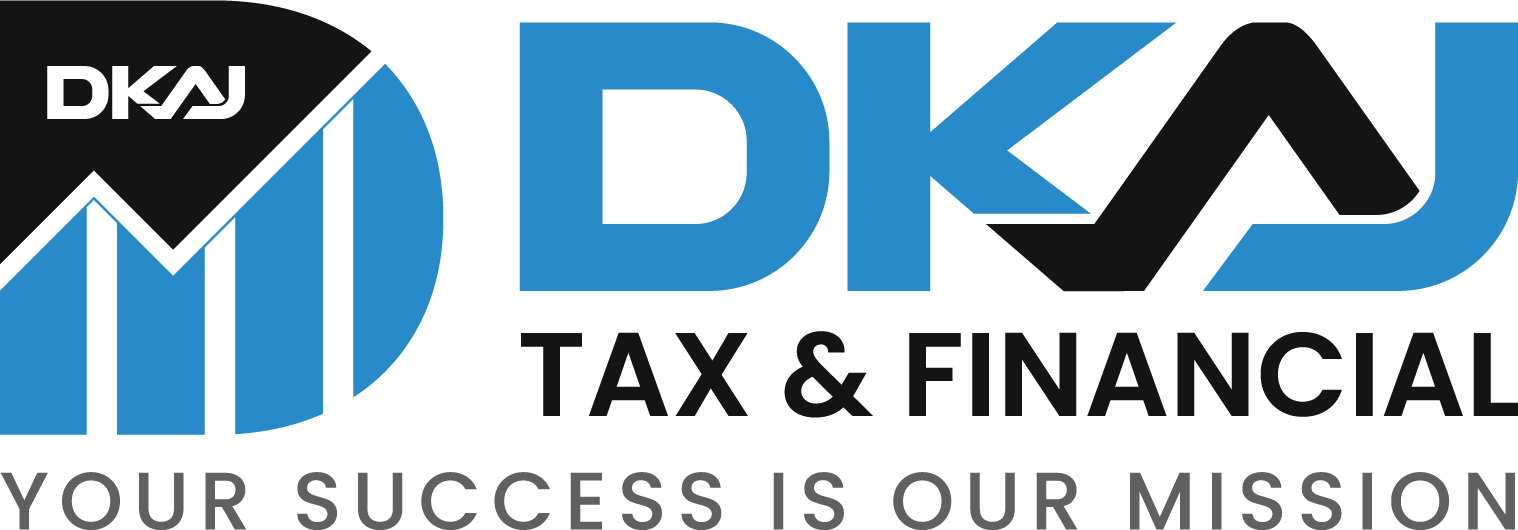Filing Taxes In Canada
 Tuesday, September 6, 2022
Tuesday, September 6, 2022.jpeg)
The process of filing taxes in Canada can be challenging. There are so many rules and regulations to follow, and it can be hard to know where to start. Let's talk about the basics of filing your taxes in Canada, and how you can make the process easier.
Why Do I Need To File a Tax Return
We have what is referred to as a progressive tax structure in Canada. This means that the more money you make, the higher percentage of tax you pay. The government uses this money to fund things like social programs and infrastructure.
When you file your taxes, you're essentially telling the government how much money you made over the course of a year. They use this information to calculate how much tax you owe. If you don't file your taxes, the government can't know how much money you made. This means they can't collect the taxes you owe, which puts a strain on the system.
What Do I Need To File a Tax Return?
The first thing you need to do is gather all of the necessary documents. This includes your T4-slip, which shows how much money you made over the course of the year. You'll also need any receipts for expenses you want to claim. Finally, you'll need your Social Insurance Number.
Once you have all of your documents, you'll need to fill out a tax return form. You can get these forms from the Canada Revenue Agency website. Once you've filled out the form, you'll need to calculate your taxes owing. You can do this by using the tax tables provided by the CRA. Once you've calculated your taxes owing, you'll need to send in your return and payment by the deadline.
If you're not sure how to file your taxes, or you want help calculating your taxes owing, you can always contact a professional tax preparer. They can help make sure you're following all the rules and regulations, they will also know what tax deductions you are eligible for and will help you get the biggest refund possible. Contact our accounting firm today to get started.
 Address:
Address:  Email:
Email: 
 Facebook
Facebook Twitter
Twitter footer.followus.insta
footer.followus.insta
